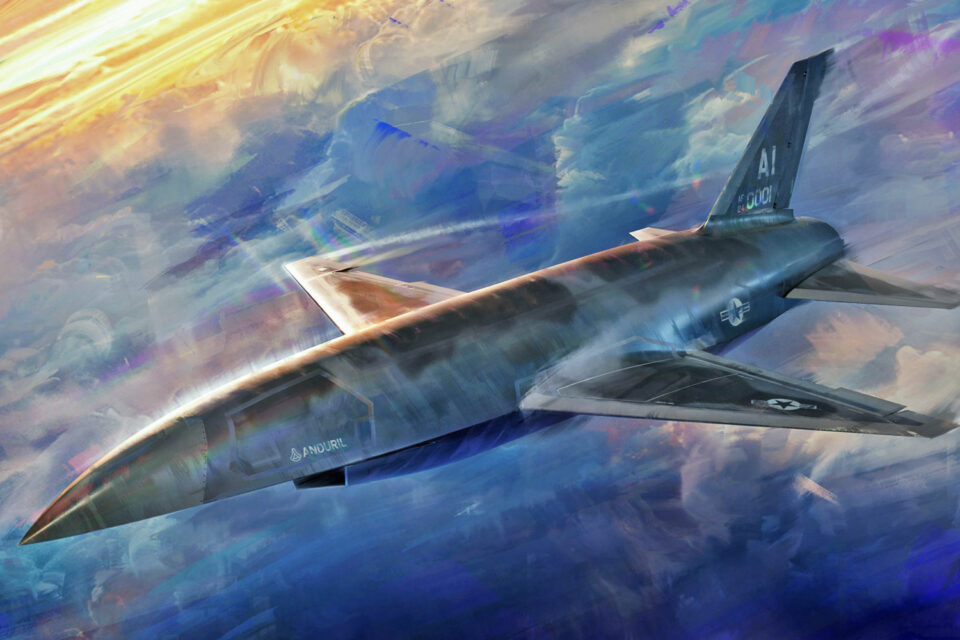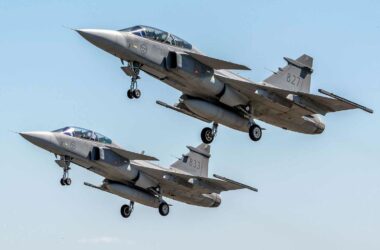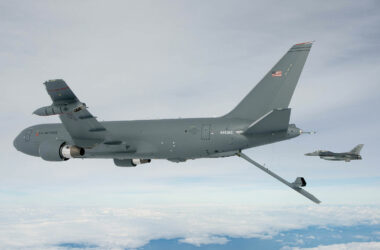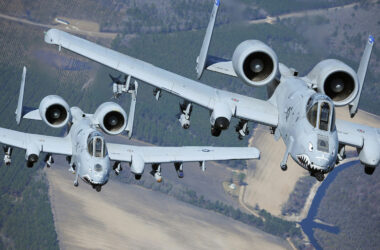In a surprising statement, US Air Force (USAF) Chief of Staff General David Allvin stated that the stealth fighter envisioned in the Next Generation Air Dominance (NGAD) program has become uncertain in the 2026 budget.
Allvin was responding to a question from Air & Space Forces magazine during an Air Force Association event. According to him, “we’re going to have to make those choices, make those decisions across the landscape.”
The USAF is preparing the fiscal budget for the year 2026 with budget restrictions and therefore choosing more urgent and financially viable programs.
Follow Air Data News: WhatsApp | Google News | Instagram | LinkedIn | Twitter | Facebook
NGAD is an ambitious program that aims to give rise to the first operational 6th generation fighter around 2030. But the project is more comprehensive and also includes support systems such as Collaborative Combat Aircraft (CCA), high-tech drones controlled by aircraft manned.

By 2023, the Air Force planned to award the NGAD contract later this year, in a dispute between Boeing and Lockheed Martin – Northrop Grumman, which develops the B-21 bomber, announced that it would not participate in the competition.
A conceptual aircraft built with digital tools flew a few years ago, but the Air Force has not yet provided further details about the model, such as its characteristics and manufacturer.
Air Force Secretary Frank Kendall said last year that at least 200 NGAD fighters and 1,000 CCAs would be ordered in the coming years.

Lessons from the war between Ukraine and Russia
General David Allvin also discussed a change in mentality regarding autonomous drones, which should not be designed for long periods in service like manned aircraft.
The vision is that instead of 25-30 active years, CCAs will be deactivated after ten years. The reason is that they will be simpler, cheaper and modular aircraft, capable of adapting to new systems.
Still, it is believed that they could soon become obsolete, which does not justify investing large sums per unit produced.
“‘Built to last’ is a tremendous 20th-century bumper sticker, and the assumption then was, whatever you had was relevant as long as it lasts,” says Allvin. “I’m not sure that’s true anymore.”

The consequences come after the conflict between Ukraine and Russia demonstrated that drones made many manned aircraft irrelevant on the battlefield and vulnerable on the ground.
In just over two years, the technology and usage tactics associated with unmanned aircraft have evolved impressively.
These are lessons that have changed the way armed forces plan their strategy and the US Air Force seems to be no different.






